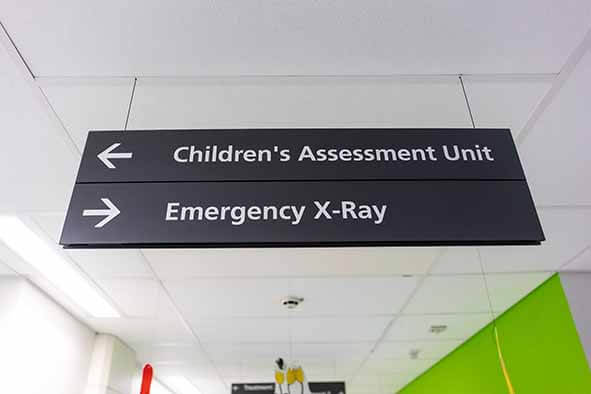Children represent only a very small portion of reported COVID-19 patients, with most experiencing fewer symptoms, less severe disease, and a much lower-case fatality rate than adults.
In the U.S., only 1.7% of reported COVID-19 cases occur in those younger than 18 years of age, with similar numbers in China (2%) and Italy (1%). However, with symptoms often being mild or not apparent in children, there is a potential for reduced testing and underdiagnosis. Most childhood and adolescent cases are acquired by familial transmission within households.
An understanding of how the host and the environment interact in coronavirus infection provides an explanation for some of the differences in childhood and adult outcomes. Notably, children generally do not carry the comorbidity burden often associated with older age.
Coronavirus Review
There are four known common human coronavirus strains which, having an affinity for the upper airway, cause benign seasonal respiratory tract illnesses such as the common cold. While antibodies to various human coronavirus antigens are found in 90-100% of adults, these seropositive rates are not mimicked in children who have not had exposure to community infections.
Three novel coronavirus strains have now been described in humans (SARS-CoV, MERS-CoV and SARS-CoV-2), having migrated from animals to humans in the current century. Novel viruses have a higher affinity for the lower airway, potentially causing pneumonia and severe acute respiratory syndrome (SARS).
Immune Response Considerations
COVID-19 cases with the most profound systemic inflammatory responses usually present with more severe disease and exhibit the highest mortality. Various hypotheses have emerged as to how age-specific immunological factors might influence this response.
Given the antigenic commonalities among all coronaviruses, exposure to novel viruses in those already possessing antibodies might generate an enhanced antibody-mediated, proinflammatory response by existing immune memory cells that is detrimental to the outcome. While being inadequate for the purposes of killing novel viruses, this type of response may provide a hyperinflammatory environment that promotes severe systemic disease. This process of antibody-dependent enhancement and the resultant “cytokine storm” explain some of the differences in disease behavior in children compared to older individuals.
The innate immune system provides the first line of defense against pathogens in humans, and this protective barrier is particularly active in children as they begin to interact with their environment. Early recognition of foreign antigens by this enhanced innate system in children and the mounting of a prompt and effective immune response contribute to an advantageous outcome.
Clinical Manifestations of COVID-19 in Children
Although childhood COVID-19 differs from adult COVID-19 – lower infection rates, milder symptoms, lower case fatality rates, and a SARS-sparing pattern – children remain vulnerable. The most common, life-threatening manifestations in children include pneumonia, cardiac injury, kidney injury, and coagulation dysfunction. In addition to these complications, there are now reports of an emerging “Multisystem Inflammatory Syndrome in Children and Adolescents,” which seems at least temporally associated with COVID-19 and occurs days or weeks after an acute COVID-19 infection.
Affected children have features shared with other pediatric inflammatory syndromes, including Kawasaki disease and toxic shock syndrome. These children usually present with a protracted fever and rash and may develop cardiac inflammation, multiorgan failure, and shock. They also may be critically ill, and deaths have now been reported.
While many children with this syndrome have detectable viral RNA, they may be RT-PCR negative. Positive serology in children without any detectable residual virus supports the notion that these manifestations reflect a post-viral, immune-mediated consequence of infection and might represent many phenotypes on a spectrum.
Summary
It is now becoming clear that COVID-19 can indeed cause serious illness in children. Though these critical manifestations remain relatively rare, they can be devastating for those affected when they do occur.


